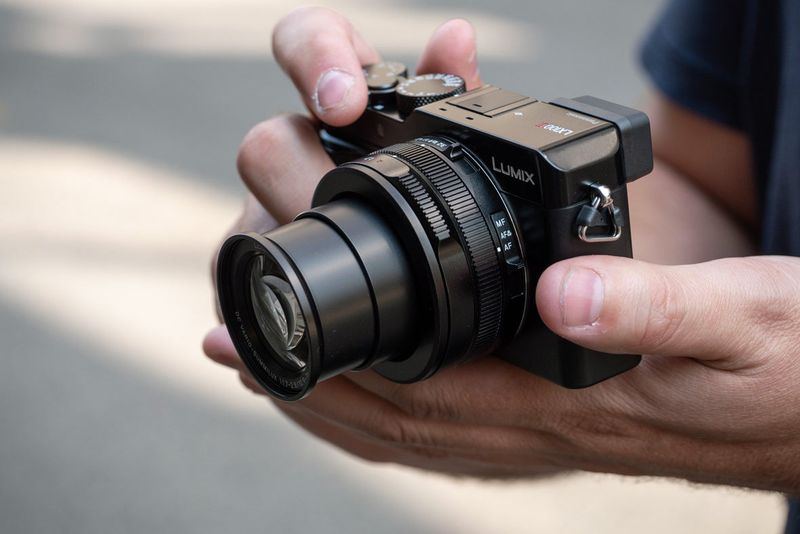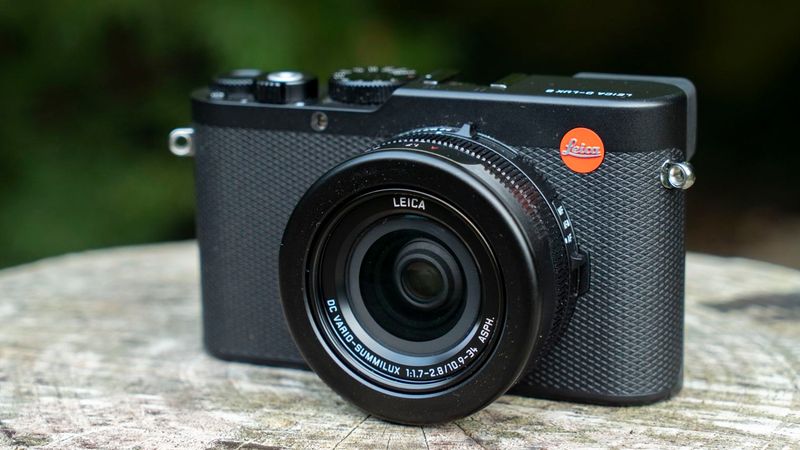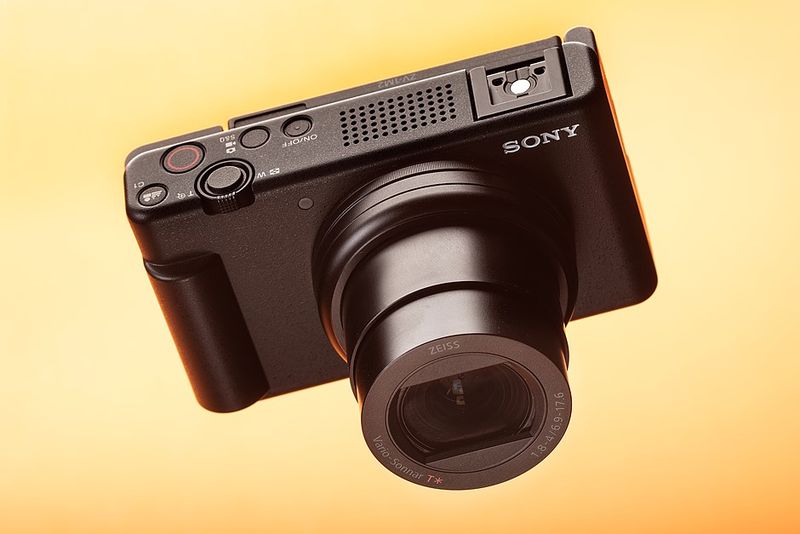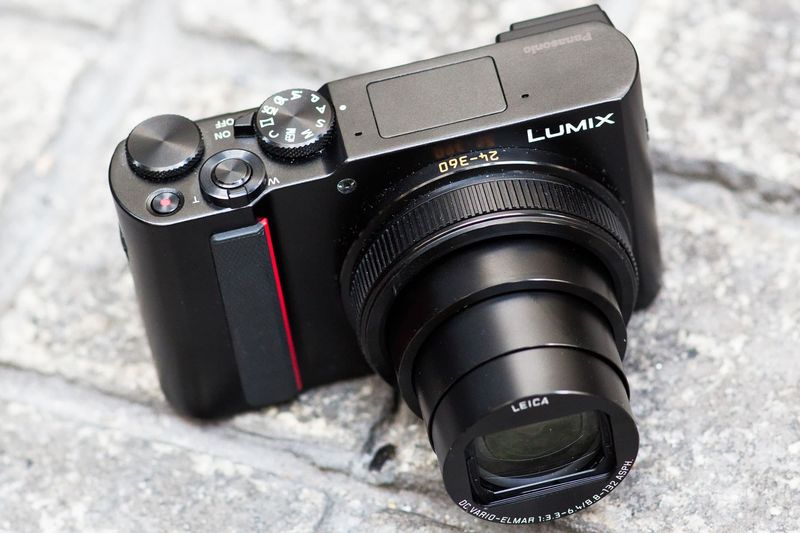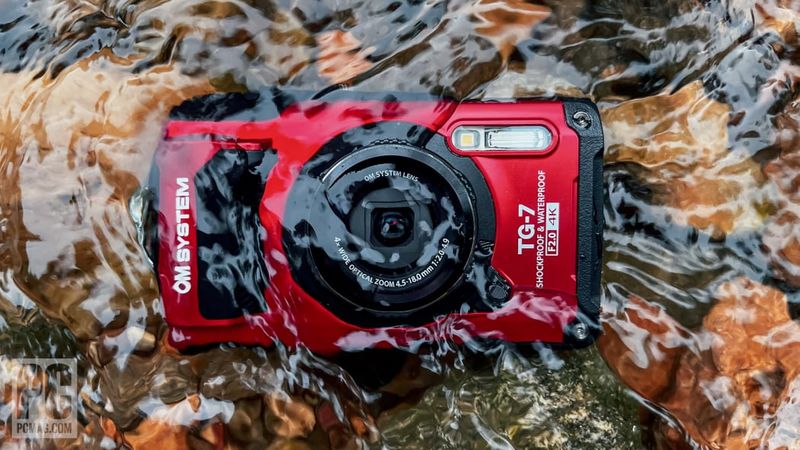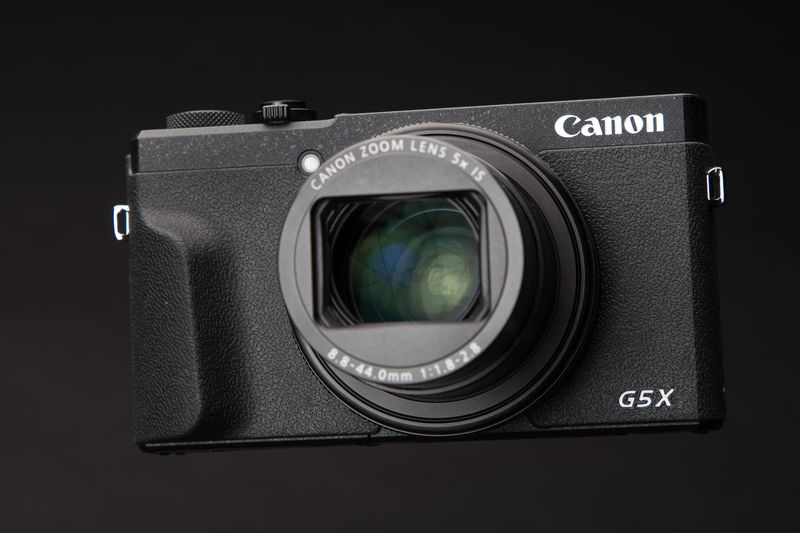Hidden canyons test every facet of your gear: light fades fast, walls press in, and the best moments happen in seconds. The right compact camera lets you move nimble, frame boldly, and still return with gallery-ready shots. We’ve handpicked models that balance low-light prowess, stabilization, and rugged portability for 2025’s most rewarding slot-canyon missions. Read on to find your perfect trail companion—and capture the glow where the sun barely reaches.
1. Sony RX100 VII
The Sony RX100 VII packs a 1-inch 20.1MP sensor and a remarkably versatile 24–200mm lens, ideal for switching between sweeping walls and distant details. Its blazing autofocus tracks hikers entering shafts of light, while excellent high-ISO performance preserves shadow textures. Despite the long zoom, it slips into a jacket pocket—perfect for scrambling sections. Real-time Eye AF and burst shooting handle dynamic scenes like falling sand or water drips. A tilting screen helps low-angle shots near canyon floors. With strong video features and crisp stills, the RX100 VII is a pocket powerhouse for complex canyon lighting and fast-changing perspectives.
2. Panasonic Lumix LX100 II
The Lumix LX100 II wields a large Micro Four Thirds sensor and fast 24–75mm f/1.7–2.8 lens, excelling where light fades quickly. Its tactile aperture and shutter dials invite deliberate shooting while navigating tight passages. The bright lens controls noise and keeps shutter speeds safe without pushing ISO too high. Excellent color and micro-contrast render layered rock striations beautifully. Its compact, grippy body suits glove use, and the EVF is sharp in dim recesses. With macro-friendly close focus and strong 4K features, the LX100 II is an agile, low-light specialist for canyon textures, reflections, and intimate geological details.
3. Ricoh GR IIIx
The Ricoh GR IIIx is a minimalist’s dream for narrow canyon routes, pairing a 24MP APS-C sensor with a 40mm-equivalent f/2.8 lens. Its pocketable body disappears in a hip belt, ready for spontaneous shafts-of-light moments. Snap Focus nails decisive frames when the ground is unstable. The understated rendering captures subtle tonal shifts on sandstone and basalt. Stabilization assists slower shutter speeds without a tripod. With quick startup, discreet operation, and excellent JPEG color, the GR IIIx rewards those who value simplicity and speed. It’s a stealthy companion that encourages clear, intentional compositions in tight, low-light canyon spaces.
4. Leica D-Lux 8
The Leica D-Lux 8 combines a Four Thirds sensor with a fast 24–75mm f/1.7–2.8 lens, offering refined image quality for canyon explorers. Its compact chassis and intuitive controls suit careful framing on ledges. The fast aperture and stabilized lens maintain clarity in dim domes and alcoves. Leica’s color and contrast bring out mineral tones and fine textures. A high-quality EVF aids precision when the sun’s too bright for LCDs. USB-C charging, robust build, and elegant ergonomics round out a premium yet practical option. If you prize character-rich files and dependable low-light performance, the D-Lux 8 delivers.
5. Fujifilm X100VI
The Fujifilm X100VI blends a 40.2MP APS-C sensor with a bright 23mm f/2 lens, perfect for dim canyon corridors. In-body image stabilization steadies handheld shots on slick rock, while classic film simulations enrich the warm sandstone palette. Weather resistance and a compact form factor make it easy to carry on narrow ledges. Quick autofocus locks onto fleeting light beams, and the hybrid viewfinder aids precise compositions. USB-C charging keeps you rolling between hikes. For canyon photographers who favor prime-lens discipline and stellar color science, the X100VI is a refined, reliable choice that thrives in tight, low-light environments.
6. Canon PowerShot G7 X Mark III
The Canon G7 X Mark III offers a 1-inch sensor and a bright 24–100mm f/1.8–2.8 lens, ideal for shadowy slots and sudden compositions. Its compact body fits easily in a climbing pouch, while solid stabilization keeps handheld shots sharp. Canon’s color science renders earthy reds and cool shadows naturally. Useful for hybrid shooters, it provides clean video, mic input, and responsive touch controls. The tilting screen simplifies low-angle waterline shots. With quick AF and reliable exposure metering, the G7 X Mark III is a balanced, budget-friendly canyon tool for travelers prioritizing speed, portability, and pleasing straight-out-of-camera results.
7. Sony ZV-1 II
The Sony ZV-1 II brings a wider 18–50mm-equivalent zoom, great for cramped canyon interiors and dramatic foregrounds. Its fast lens and dependable stabilization keep footage steady and stills clean when tripods aren’t feasible. Excellent autofocus with subject detection helps track partners moving through light beams. The lightweight body and good built-in ND suit bright-to-dark transitions. Audio-friendly features assist vloggers narrating route beta. Despite its video focus, still image quality is strong, and colors grade well. For creators blending storytelling and photography in tight slots, the ZV-1 II is a nimble, feature-rich companion that thrives under changing canyon light.
8. Panasonic Lumix ZS200 / TZ200
The Lumix ZS200 (TZ200) offers a travel-ready 24–360mm zoom with a 1-inch sensor, granting reach for distant petroglyphs and compressing layered canyon walls. Despite the long lens, it remains pocketable and stabilized, vital on exposed traverses. Colors are natural, and RAW files hold latitude for shadows. The EVF helps under harsh midday sun at the canyon rim. While not as bright as faster glass, its versatility shines when compositions vary minute to minute. For hikers who want one camera to handle sweeping vistas, textural abstracts, and wildlife from the shadows, the ZS200 is a practical, lightweight solution.
9. Olympus Tough TG-7
The Olympus Tough TG-7 is a rugged specialist for wet narrows, surviving drops, dust, and cold without a case. Its fast f/2 lens at wide angle and excellent macro modes reveal minerals, moss, and water ripples in dim slots. While the sensor is smaller, image stacking options boost detail for close subjects. GPS and field sensors assist trip logs, and a secure grip works with gloves. It’s the camera you’ll actually use when conditions turn gnarly. For canyons with pools, swims, or scrambling, the TG-7 delivers reliability, creative macro tools, and worry-free operation where delicate gear fears to tread.
10. Canon PowerShot G5 X Mark II
The Canon G5 X Mark II blends a 1-inch sensor with a fast 24–120mm f/1.8–2.8 lens and a pop-up EVF—great for composing in glare or gloom. It’s compact, responsive, and stabilized, ideal for handholding in tight squeezes. The flexible zoom covers landscapes and details without swapping lenses. Canon’s pleasing color and strong JPEGs reduce post-work on the road. A tilting touchscreen aids low perspectives near reflective pools. USB charging and solid ergonomics make it dependable for long days. For photographers wanting premium results and intuitive handling in a pocketable package, the G5 X Mark II is a standout.


